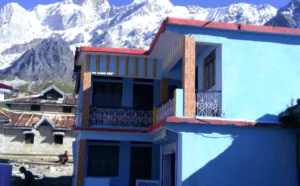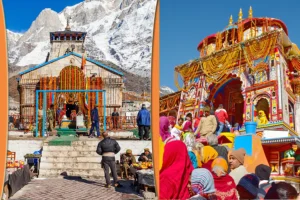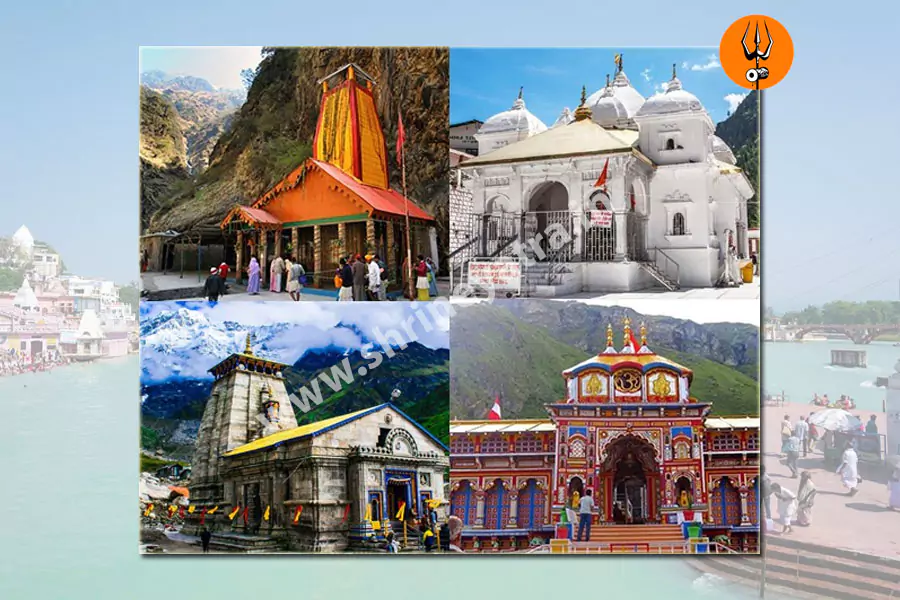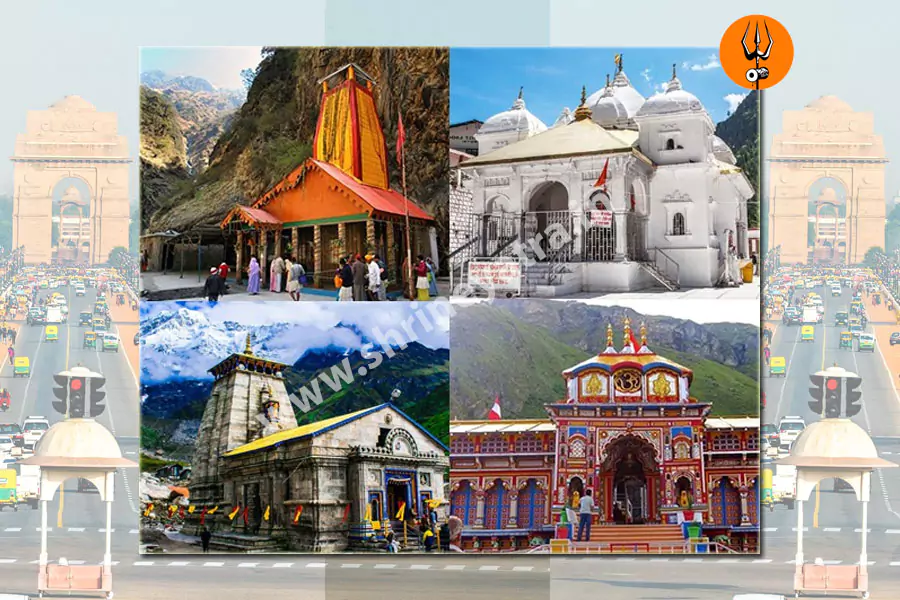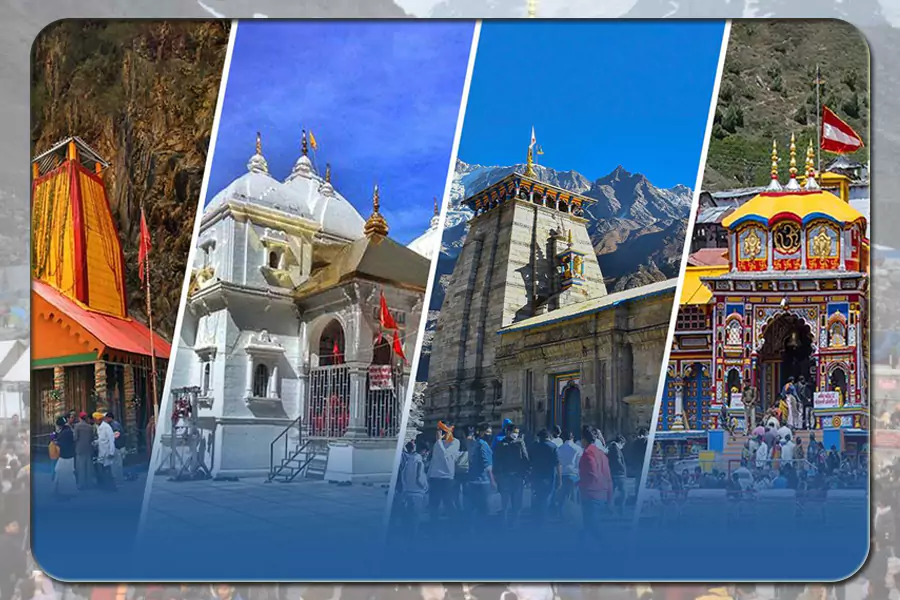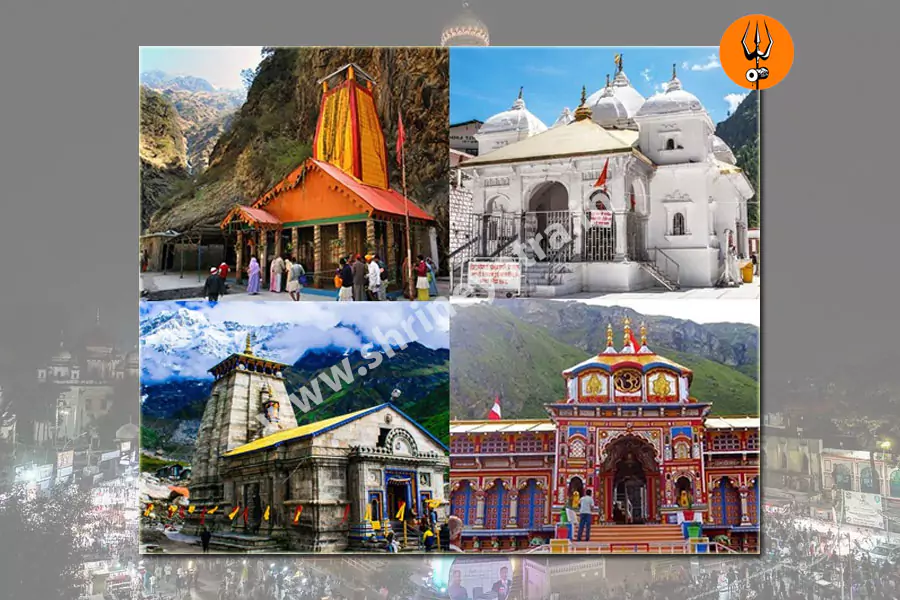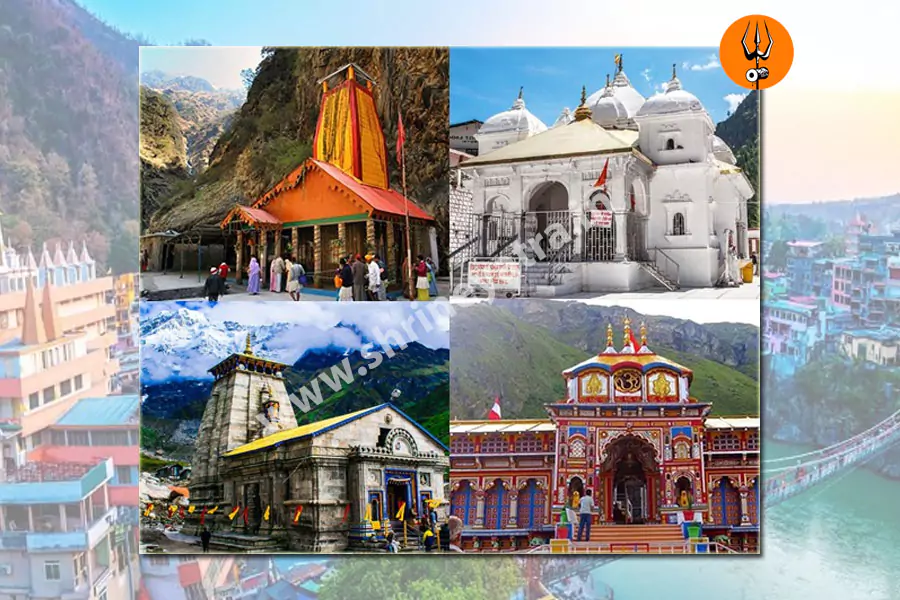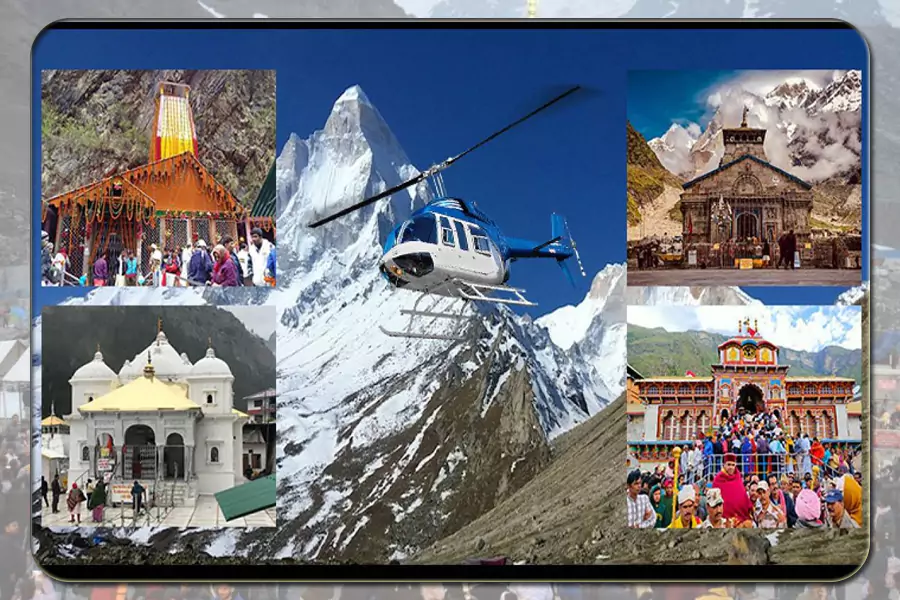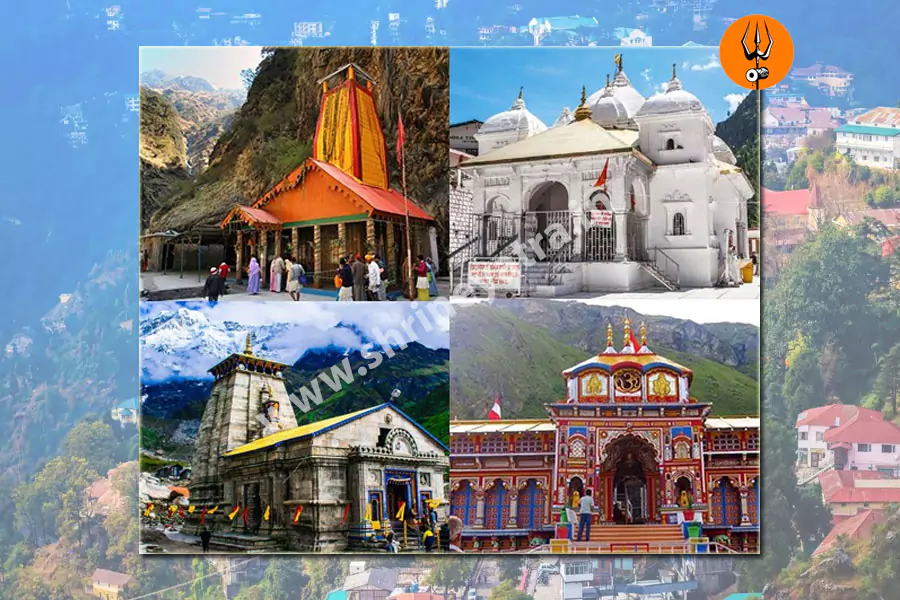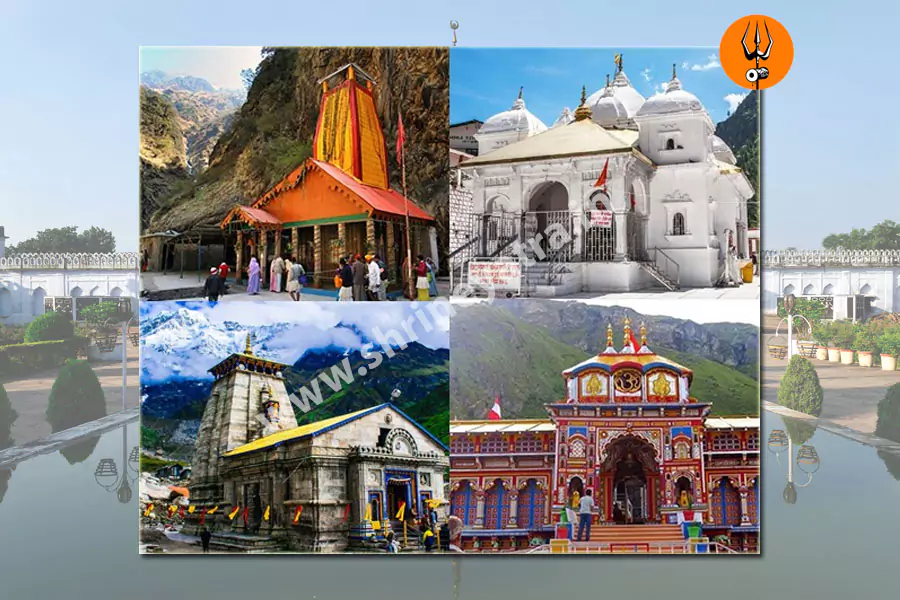
21 Crucial Do’s & Don’ts During Chardham Yatra for a Hassle-Free Spiritual Journey
The Chardham Yatra holds immense spiritual significance for millions of Hindus who believe that visiting the four sacred shrines — Yamunotri, Gangotri, Kedarnath, and Badrinath — helps attain salvation and cleanses one of sins. Nestled in the lap of the Himalayas, these destinations are not just spiritual milestones but also natural wonders. But, due to the challenging terrains, unpredictable weather, and high-altitude conditions, undertaking this Yatra requires meticulous preparation. Understanding the Do’s and Don’ts during Chardham Yatra ensures a safe, respectful, and spiritually enriching experience.
Essential Do’s During Chardham Yatra
Before setting out on this revered pilgrimage, thorough health check-ups are advisable. Due to the high-altitude locations, people with respiratory, cardiac, or chronic illnesses must consult doctors. Acclimatizing gradually to the altitude helps avoid mountain sickness.
Booking accommodations and travel arrangements well in advance can save you last-minute stress, especially during peak season from May to October. Carry multiple layers of clothing as temperatures fluctuate drastically — mornings may be pleasant, but nights can be freezing.
Keep essential identification documents like Aadhar Card, health certificates, and permits handy. Respecting local customs, temple rituals, and adhering to prescribed timings reflects your reverence for the Yatra.
Water intake is crucial to avoid dehydration in the thin Himalayan air. Carry your own refillable water bottles to reduce plastic waste. Always pack a basic first-aid kit, including altitude sickness medicines, antiseptics, and prescribed drugs.
Listening to local authorities, guides, and temple staff ensures your safety. Participating in temple aartis and rituals respectfully enhances the spiritual experience. Moreover, buying from local shops and artisans supports the region’s economy.
Major Don’ts During Chardham Yatra
One of the primary rules is avoiding littering at these ecologically fragile sites. Plastic pollution not only mars the environment but also disrespects the sanctity of the holy places.
Consumption of alcohol, smoking, or any form of intoxication is strictly prohibited near religious shrines and throughout the Yatra route. Likewise, disrespectful behavior, loud conversations, or inappropriate attire within temple premises is discouraged.
Overexertion, especially by those unaccustomed to trekking at high altitudes, can lead to severe health issues. Weather warnings, particularly during the monsoon, must be taken seriously to avoid landslides and road closures.
Photography is restricted in many temple premises; always respect signs prohibiting it. Trekking solo or venturing off designated routes can be dangerous due to wildlife, uneven paths, and weather changes.
Ensure your tour guides, porters, or helicopter services are licensed to avoid scams and ensure safety.
Packing Checklist for Chardham Yatra
A successful Chardham Yatra begins with intelligent packing. Layered clothing, thermals, woolens, waterproof jackets, sturdy shoes, gloves, and caps are non-negotiable. Medicines, prescribed by doctors, including those for altitude sickness, are essential.
Carry necessary documents, emergency contact numbers, and some cash as digital payment infrastructure may be limited. Prayer items, offerings, and incense can be carried for temple rituals.
Electronics like mobile phones, cameras, and power banks are handy, but usage should be restricted during sacred ceremonies.
Understanding the High-Altitude Challenges
Altitude sickness is common above 8,000 feet. Symptoms include headaches, nausea, breathlessness, and fatigue. Gradual acclimatization, avoiding alcohol, staying hydrated, and following medical advice minimize risks. Many camps en route provide basic medical aid.
Safety Guidelines for a Secure Journey
Opt for certified guides and porters familiar with the terrain. Staying in authorized lodgings ensures better facilities and emergency support. If applicable, follow COVID-19 protocols like mask-wearing, sanitization, and social distancing.
Respecting Local Communities and Culture
Understanding and honoring local customs fosters harmony. Learning basic phrases in Hindi or regional dialects reflects courtesy. Purchasing local handicrafts or organic produce supports livelihoods.
Eco-Friendly Practices During Chardham Yatra
Carry cloth bags, reusable utensils, and water bottles. Avoid single-use plastics entirely. Participate in clean-up drives if possible. Pilgrims should leave the Himalayas as pristine as they found them.
Navigating Transportation During Chardham Yatra
Use only registered taxis, jeeps, or buses. Road conditions can be treacherous during rains. Helicopter services are popular for Kedarnath; however, book through authorized agencies and adhere to weight and baggage restrictions.
What to Expect During the Yatra Season
The Yatra season spans May to October. May-June offers pleasant weather, while July-September brings heavy rains. October can be chilly but less crowded. Always check weather forecasts and local advisories before traveling.
Common Mistakes Pilgrims Make
Underestimating fitness levels, neglecting insurance, or carrying inappropriate gear can jeopardize your journey. Travel insurance covering emergencies and helicopter evacuations is recommended.
Do’s & Don’ts During Chardham Yatra for Families and Elderly
Elderly pilgrims should undergo medical evaluations and avoid strenuous treks. Families with young children must carry extra warm clothing, snacks, and medicines. Be mindful of the group’s pace to prevent exhaustion.
Medical Facilities and Emergency Help
Major camps and towns along the route have medical facilities, but they may be basic. Identify the nearest hospitals in cities like Rishikesh and Dehradun. Keep helpline numbers readily accessible.
Temple Etiquettes and Ritual Guidelines
Most temples mandate modest clothing — avoid shorts or sleeveless tops. Participate in prayers with sincerity, and do not interrupt ceremonies. Prohibited items include leather goods, mobile phones (in some temples), and photography equipment where disallowed.
Spiritual Significance of Each Chardham Destination
-
Yamunotri: Dedicated to Goddess Yamuna, known for its hot springs.
-
Gangotri: Source of the sacred Ganga river.
-
Kedarnath: Seat of Lord Shiva, reachable via trek or helicopter.
-
Badrinath: Shrine of Lord Vishnu, famed for its colorful facade and myths.
Sustainable Tourism and Your Role
Respect for nature ensures future generations experience the Himalayas’ beauty. Choose eco-friendly transport, reduce carbon footprint, and advocate responsible pilgrimage.
Local Foods and Cuisine During the Yatra
Savor local dishes like Aloo ke Gutke, Rajma Chawal, and hot teas. Stick to hygienic eateries. Avoid raw foods or unfiltered water to prevent illnesses.
Weather Preparedness and Seasonal Hazards
Monsoon rains cause landslides; winter brings snow-blocked routes. Dress appropriately, and pack rain gear, thermal wear, and waterproof shoes.
Technological Tools to Help You
Mobile apps for navigation, weather updates, and temple timings simplify your Yatra. Portable chargers and offline maps are advisable.
FAQs About Chardham Yatra Do’s and Don’ts
What is the best time for Chardham Yatra?
May to June and September to October are ideal for pleasant weather and safer roads.
Are there age restrictions for Chardham Yatra?
There’s no strict age limit, but elderly or ill pilgrims should consult doctors beforehand.
Can I do the Yatra solo?
It’s safer to travel with groups or certified guides, especially in remote regions.
Is photography allowed in temples?
It’s restricted inside most temples; always respect signage and guidelines.
What documents are mandatory?
ID proofs, health certificates (sometimes), permits, and travel tickets.
How can I avoid altitude sickness?
Acclimatize slowly, hydrate, avoid alcohol, and recognize early symptoms.
Conclusion: Making Your Chardham Yatra Fulfilling and Safe
The Chardham Yatra is more than a physical journey — it’s a test of faith, endurance, and respect for nature. By following these Do’s and Don’ts, pilgrims can ensure not only their safety but also preserve the Himalayas’ sanctity for generations to come. Let reverence guide your every step.
If you are looking for Char Dham Tour Package, book here: https://www.shrineyatra.in/char-dham-packages




